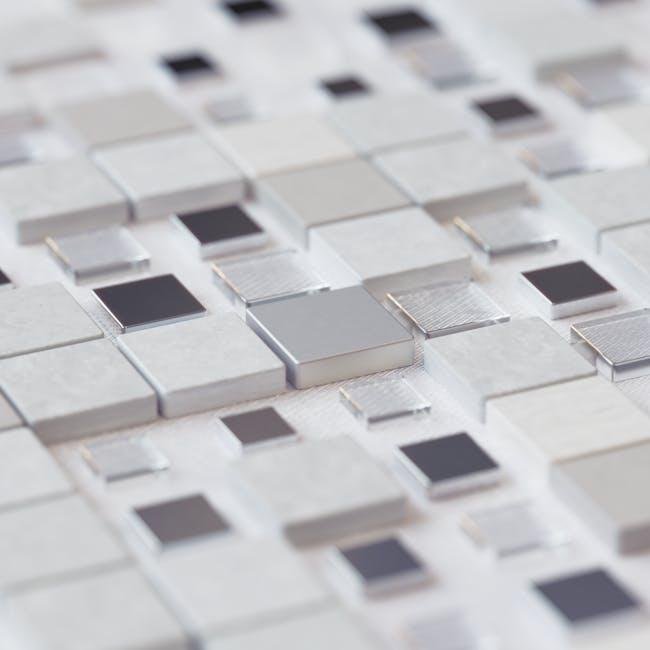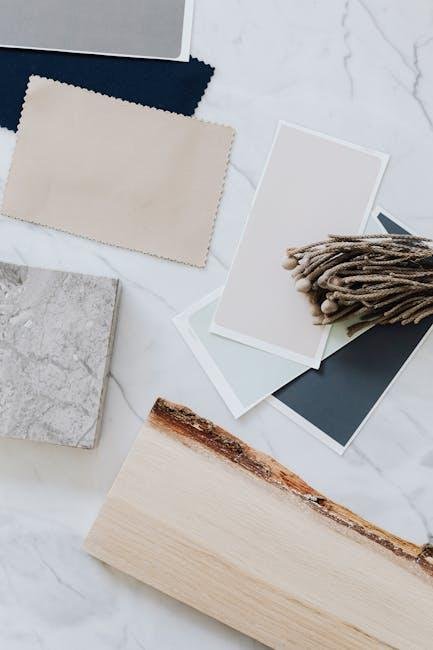Embracing Balance: The Art of symmetry in Interior Design
In the ever-evolving world of interior design, one principle remains timeless: symmetry. It whispers a language of harmony, inviting calm and order into our living spaces.Traditionally associated with classical architecture and formal gardens, symmetry transcends trends, offering a foundation upon which stunning interiors can flourish. This article delves into the captivating realm of symmetry, exploring its ancient significance, diverse applications, and the psychological impacts it can have on a space.Whether you seek to create a tranquil retreat or a sophisticated statement, understanding how to wield the power of symmetry can transform your home into a sanctuary of beauty and balance. Join us as we unravel the essential techniques, practical tips, and inspiring examples that will help you harness symmetry effectively, ensuring your interiors not only appeal to the eye but also resonate with your personal style.
Understanding the Principles of Symmetry in design
Symmetry in interior design is more than just an aesthetic choice; it taps into our innate psychological response to balance and harmony. When designing a space, incorporating symmetrical elements can create a sense of order and tranquility. There are two primary types of symmetry that designers often utilize: formal symmetry, where elements mirror each other, and informal symmetry, where objects are varied but still maintain balance. By carefully considering these principles, you can establish focal points that draw the eye naturally and create a welcoming atmosphere.
When applying these concepts to your interior space, consider the following key strategies for achieving symmetry:
- Pairing furniture: Place matching sofas or chairs across from each other to enhance a balanced look.
- Artwork arrangement: Hang two pieces of art that mirror each other on opposite walls.
- Lighting fixtures: Use identical lamps on either side of a console table to create visual consistency.
Additionally, checking symmetry through a structured table layout can clarify your design ideas:
| Symmetrical Element | Placement Tips |
|---|---|
| Armchairs | Position facing each other to promote conversation. |
| Coffee tables | use a central table flanked by matching side tables. |
| Rug patterns | Choose rugs that offer balanced designs for grounding a room. |

Creating Balance with Symmetrical Layouts
Symmetry in interior design creates an innate sense of harmony and order that can transform a space into a visually appealing sanctuary. By strategically placing furniture, artwork, and accessories in symmetrical layouts, you can draw the eye and establish focal points that enhance the overall aesthetics of the room. Consider the following elements when crafting a balanced space:
- Sofa and Chairs: Use pairs of matching sofas or armchairs to frame a central area.
- Artwork and Decor: Hang identical pieces of art on either side of a fireplace or console table.
- Lighting: Choose matching table lamps or sconces to achieve symmetry in illumination.
To effectively utilize symmetry, it’s essential to maintain proportion and scale. Larger items should be balanced by comparable weight on the opposing side, creating an equilibrium that feels intentional. Incorporate these tips to achieve the desired effect:
- Use Mirrors: placing mirrors in symmetrical arrangements can enhance light and create a sense of space.
- Rug Placement: Anchor furniture with a rug that complements the layout while reinforcing the symmetry.
- Repetitive Patterns: Introduce repetitive patterns through textiles or wallpaper to unify the design theme.

Incorporating Symmetrical Elements through Furniture and decor
Creating a harmonious space often hinges on the clever use of furniture and decor to invoke a sense of balance. Symmetrical arrangements can enhance the visual appeal of any room and promote a feeling of order. When selecting furniture, consider pairing items that reflect one another. for example, you might place two identical side tables with matching lamps on either side of a sofa, creating a visually pleasing tableau. Additionally, using large pieces like a central coffee table or a statement chair can anchor a room, surrounded by complementing elements that mirror their shapes and styles.
Beyond furniture, decor plays an integral role in achieving symmetry. Wall art, accents, and accessories should be thoughtfully arranged to reinforce the theme. Consider these ideas for achieving a balanced decor ensemble:
- flanking a fireplace with two identical pieces of artwork or mirrors.
- Using two large vases on a console table, filled with matching floral arrangements.
- Hanging wall sconces at equal distances on either side of a focal point.
These strategies not only enhance the aesthetics of a space but also create a welcoming surroundings that encourages a sense of tranquility and comfort.

Enhancing Visual Appeal with Color and Textures in Symmetrical Spaces
To achieve a captivating design in symmetrical spaces, it’s essential to leverage the power of color and textures. Begin by selecting a cohesive color palette that enhances the ambiance while maintaining balance. Consider using muted tones paired with bold accents to draw attention to focal points, like a striking piece of art or an intricately designed furniture item. Mixing textures, such as smooth fabrics against rough woods or sleek metals against plush carpets, can further enliven a room while reinforcing the symmetrical layout. Think about using uniform color patterns across various elements like cushions, curtains, and wall paint to unify the space seamlessly.
Incorporating layers of texture is equally notable; it adds dimension without disrupting the harmony of symmetry. Utilize an array of materials—like a velvet sofa, a silk throw, or a woven rug—to create visual interest. You might also consider adding decorative elements like ceramics or glass accents that reflect light and enhance the overall aesthetic. Here’s a quick overview of texture types and their effects:
| Texture Type | Effect |
|---|---|
| soft | inviting atmosphere, comfort |
| rough | Natural appeal, grounding effect |
| Smooth | Modern aesthetic, sleek appearance |
| Patterned | Dynamic visual flow, interest |
In Summary
as we wrap up our exploration of symmetry in interior design, it becomes clear that this timeless principle is more than just an aesthetic choice; it’s a powerful tool for creating harmony and balance in any space. By thoughtfully incorporating symmetry,whether through furnishings,architectural features,or decorative elements,you can cultivate an environment that not only pleases the eye but also nurtures a sense of tranquility and order.Remember, the beauty of symmetry lies in its versatility. It can be bold and commanding, or subtle and understated, depending on how you choose to approach it. So, whether you’re revamping a cozy nook or reimagining a grand living room, consider the possibilities that symmetry brings. Let it guide your design decisions and inspire you to craft spaces that resonate with both elegance and functionality.
As you embark on your design journey, embrace the balance and flow that symmetry offers, and watch as your interiors transform into a cohesive symphony of style. Happy designing!




